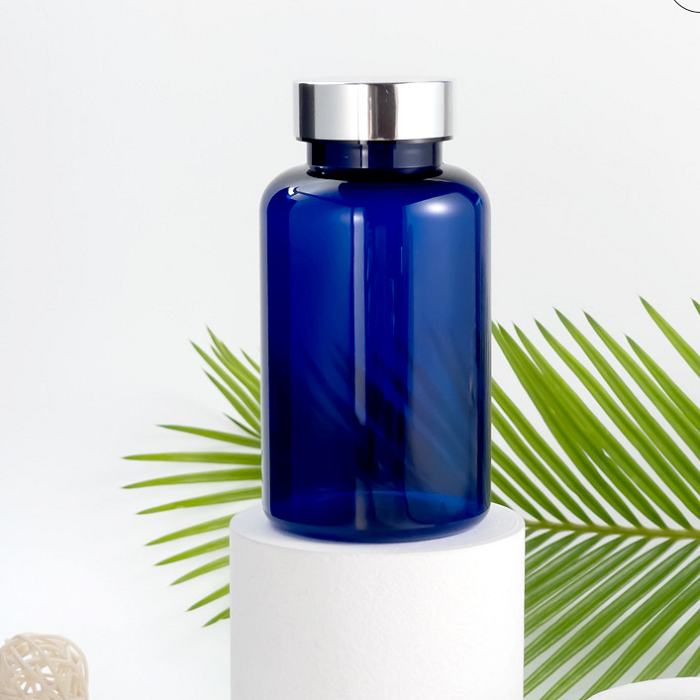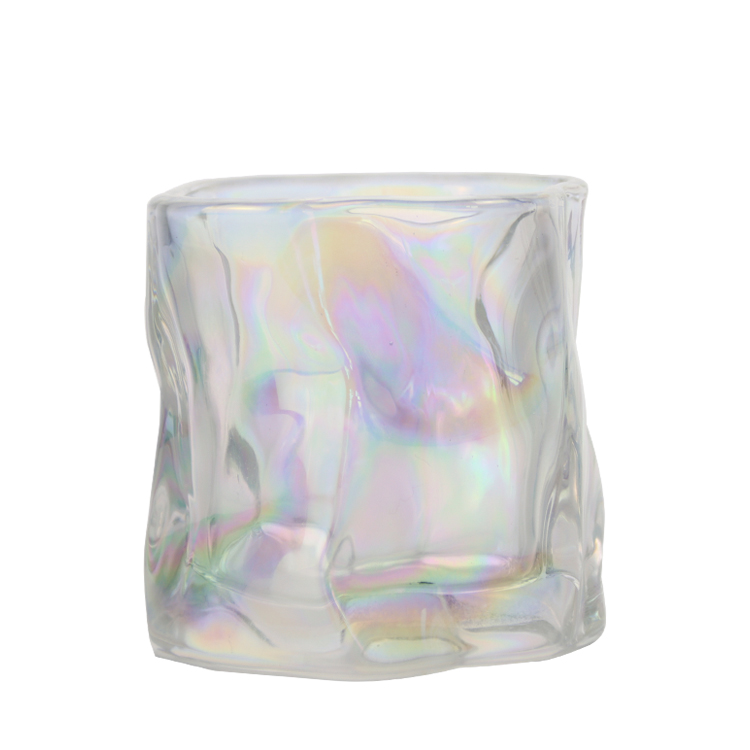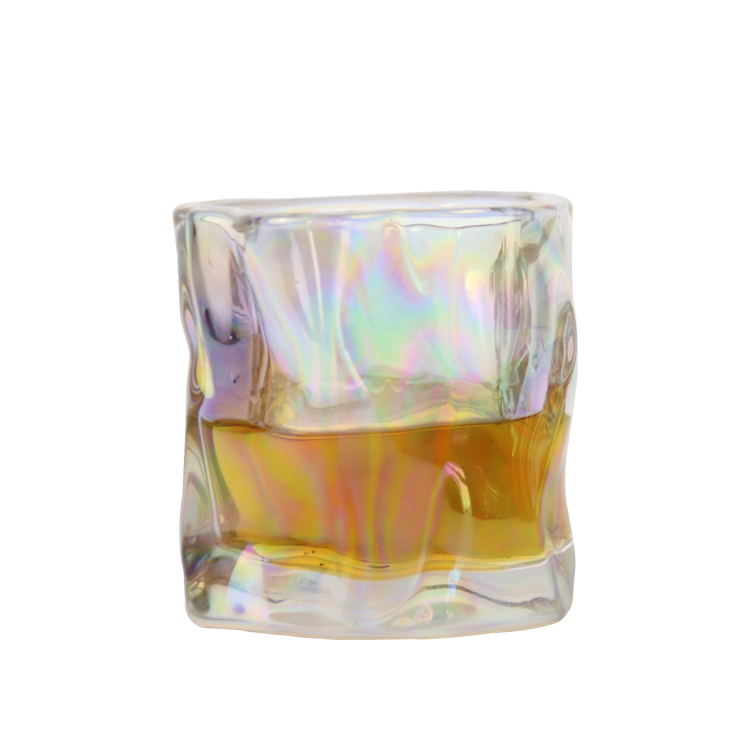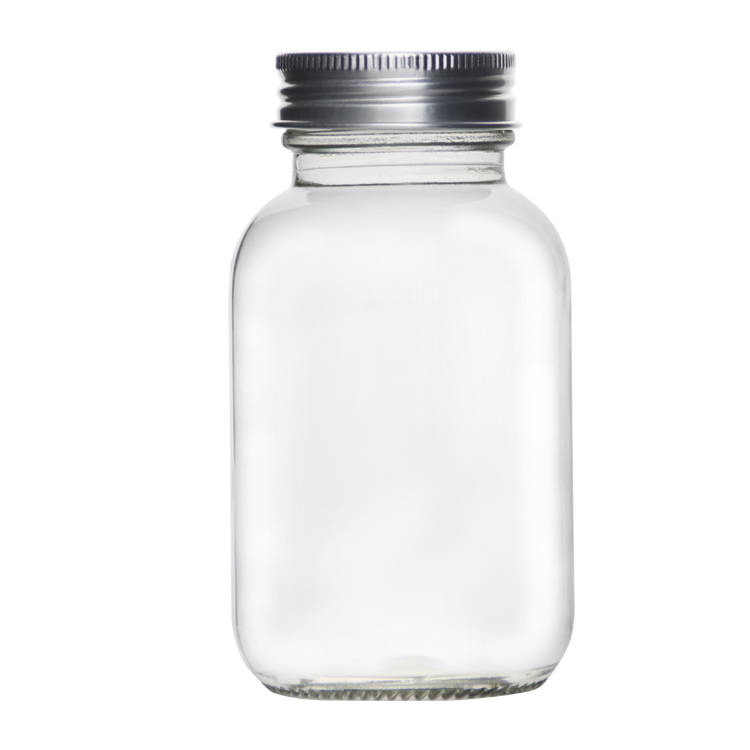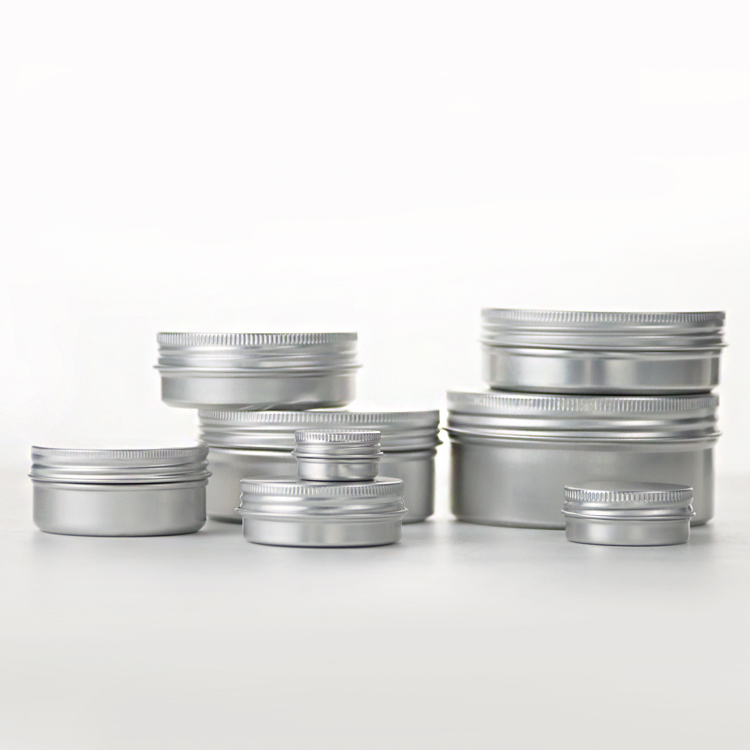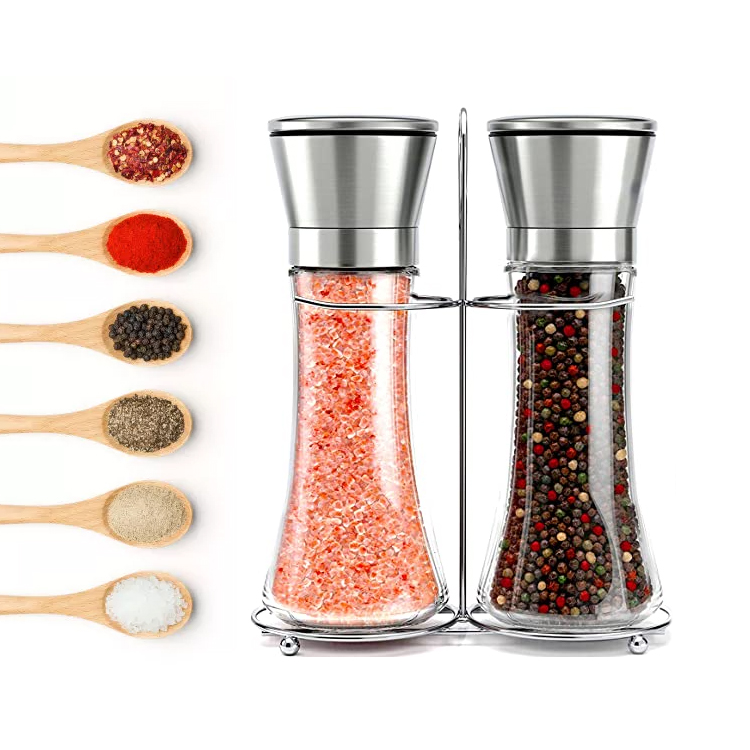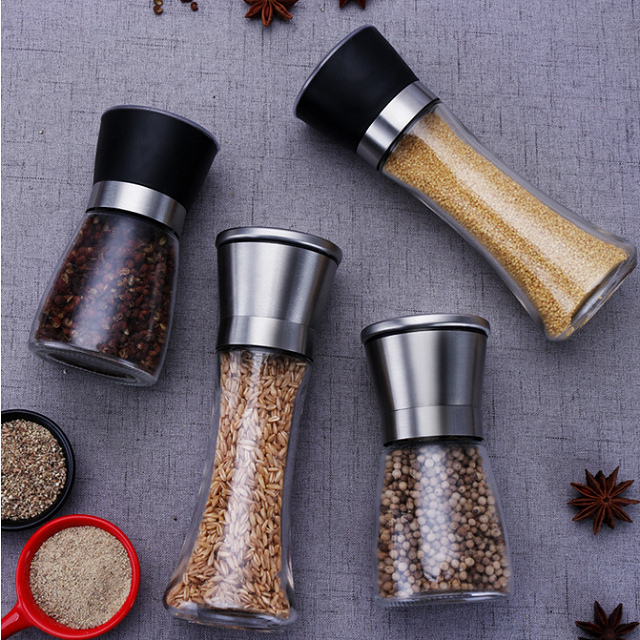There are various options for glass bottles in post-processing technology, and more product packaging looks perfect! There are various effects, such as glass bottle, glass pickle bottle, glass wine bottle, glass sesame oil bottle, food packaging bottle, seasoning bottle and olive oil bottle, etc. However, we must pay attention to some matters in the production process to improve the quality of glass bottles. As a professional glass bottle manufacturer, we will analyze the reasons that affect the quality of glass bottles:
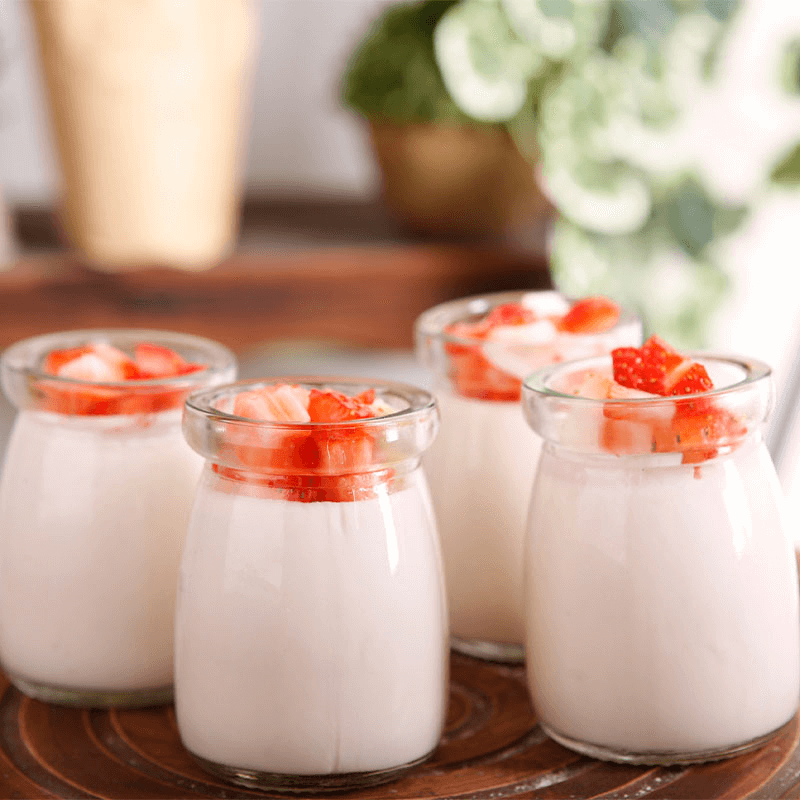
1. The glass wine bottle manufacturer tells you that when the glass blank falls into the preliminary mold, it cannot accurately enter the preliminary mold, and the friction with the mold wall is too large to form creases. folds.
2. The scissors scars on the upper feeder are too large, and the scissors scars appear on the bottle body after individual bottles are formed.
3. The initial mold and molding material of the glass wine bottle are poor, the density is not good, and the oxidation is too fast after high temperature, forming small pits on the surface of the mold, causing the surface of the glass wine bottle after molding to be not bright.
4. The poor quality of the glass bottle mold oil will make the mold not smooth, the dripping speed will decrease, and the material type will change too quickly.
5. The design of the initial mold of the glass wine bottle is unreasonable, and the mold cavity is large or small. After the gob enters the molding mold, it is blown and dispersed unevenly, which will make the glass wine bottle appear mottled.
6. The machine dripping speed is uneven, and the improper adjustment of the air nozzle will make the glass bottle initial mold and mold temperature uncoordinated, and simply make cold spots on the glass bottle body, which directly affects the brightness.
7. The glass material liquid in the kiln is not clean or the material temperature is uneven, which will also cause the output glass wine bottle to show bubbles, small particles, and small hemp billets.
8. If the speed of the team machine is too fast or too slow, the body of the glass wine bottle will be uneven, and the thickness of the bottle wall will be different, resulting in mottled.
9. Cracks in glass bottles
Cracks are the most common drawback of glass bottles. It can be very fine, some only found in reflected light. The most common parts are the bottle mouth, neck and shoulders, and cracks are often found on the bottle body and bottom of the bottle.
10. The thickness of the glass bottle is uneven
This refers to the uneven distribution of glass on the glass bottle. The main reason is that the temperature of the glass gob is uneven, the part with high temperature has small viscosity and is easy to blow thin; the part with low temperature has large resistance and is thick. The temperature of the model is uneven. The glass on the high temperature side cools slowly and is easy to blow thin, and the glass on the low temperature side is blown thick because the glass cools quickly.
11. Deformation of glass bottle
If the temperature of the gob and the action temperature are too high, the bottle released from the forming die is not completely set, and tends to collapse and deform. Sometimes the bottom of the bottle is still soft and the lines of the conveyor belt will be printed on the bottom of the bottle to make the bottom of the bottle uneven.
12. The glass bottle is not full
If the temperature of the gob is too low or the model is too cold, the mouth, shoulders, etc. will not be blown fully, resulting in defects such as gaps, deflated shoulders and unclear patterns. Glass bottle is a traditional beverage packaging container in my country, and glass is also a very historical packaging material. With many kinds of packaging materials flooding into the market, glass containers still occupy an important position in beverage packaging, which is inseparable from its packaging characteristics that cannot be replaced by other packaging materials.
13. Surface defects of glass bottles The surface of glass bottles is hairy and uneven, mainly due to the uneven surface of the mold cavity. The model’s lubricating oil is not clean or the oiled brush is too dirty, which will also degrade the surface quality of the glass bottle.
14. Glass material bottle scissors mark Due to poor shearing, there are obvious traces left on the bottle and can. A gob often has two scissor prints, and the upper scissors print is left at the bottom, affecting the appearance.
15. Glass bottle protrusions: The defects of the protrusion of the suture line of the glass bottle or the protrusion of the edge of the mouth. This is caused by insufficiently manufactured parts of the model or installations that do not fit properly. If the model is damaged, there is dirt on the seam surface, and the top core is lifted too late before entering the position (position), the glass frit has fallen into the preliminary mold, and a part of the glass will be pressed or blown out from the gap.
16. Glass bottle bubbles
The bubbles generated during the forming process are often several large bubbles or several small bubbles concentrated together, which are different from the evenly distributed small bubbles in the glass itself.
17. Glass material bottle scissors print
Visible marks left on the bottle due to poor shearing. A gob often has two scissor prints, and the upper scissors print is left at the bottom, affecting the appearance.


